- TOP
- Search Criteria
- Gokayama: A Magical Trip Through the Gassho-Zukuri Villages
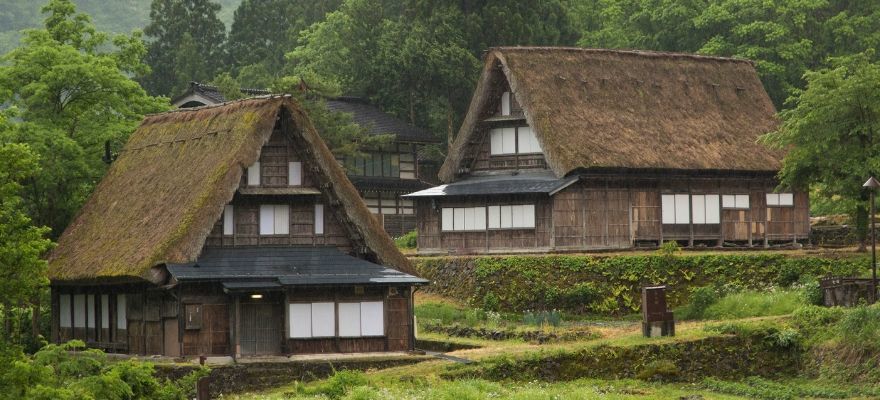
STORY
Gokayama: A Magical Trip Through the Gassho-Zukuri Villages
The distant sound of a mountain stream and the wooden boards creaking beneath your feet. A smoky smell coming from the walls. Walking around a village feeling hundreds of years of history.

Gokayama is a group of about 40 small villages in Japan's Nanto City, Toyama Prefecture. Nestled within lush green mountains, these places host ancient buildings called Gassho-zukuri. It is said that they were built during the Edo Period (1603-0868) as workshops for the production of paper, silk and niter (a component of gunpowder). They are made entirely of wood and rope, not a single nail is used in their construction. The steep thatched roof can withstand the heavy snowfalls of winter, and the wooden structure is made to be earthquake-proof.
Follow the Sho River from north to south exploring the three villages of Ainokura, Kaminashi and Suganuma. The best way to get form place to place if you don't have a car is by bus. The World Heritage Bus starts from Takaoka Station (easy to reach by train), traverses the Gokayama area and ends in Shirakawago, another famous Gassho-zukuri village in the Gifu Prefecture.

The irori fireplace was an important part of Gassho-zukuri buildings. Through the years, the smoke from the fire coated the walls and roof in an insect-repellent layer, helping it last longer. Having dinner around the fire is an unforgettable experience.
Most places offer amazing meals made with Gokayama's fresh food. On my visit I enjoyed some river fish, boar and bear meats. I also had delicious fruit and vegetables that the owner picked just for me from his garden. Most of these places are family-owned, so it feels like you're being hosted by a loving local family.

The inn in the pictures above is Yajibei in Kaminashi.

Getting off at the Ainokuraguchi bus stop you'll take a short walk through the forest. After a few minutes, the trees will open up to reveal a dream-like landscape. The small village hosts about 20 Gassho-zukuri houses and it looks like time has stopped for this place. What I appreciated the most about Ainokura while strolling through its quiet streets is that it doesn't feel touristy. Even though this is where most of the inns are, people also live here. There are rice fields and gardens, you can see tools and children's toys left outside of some the houses. Just walking around is refreshing for the soul.
Address: 352 Ainokukra, Nanto-shi, Toyama Prefecture (MAP)
Hours: 8:30 a.m. - 5:00 p.m.
Admission: adults 300 yen, middle/primary school students 150 yen
Website (Japanese-only): http://www.g-ainokura.com/
Ainokura Traditional Industries Museum | 相倉伝統産業館
Address: 204-2 Ainokura, Nanto-shi, Toyama Prefecture (MAP)
Hours: 8:30 a.m. - 5:00 p.m.
Admission: adults 300 yen, middle/primary school students 150 yen
Website (Japanese-only): http://www.g-ainokura.com/
*You can get access to both museums with a collective ticket for 500 yen (200 yen for middle/primary school students).
Hopping back on the bus, the next village along the World Heritage Bus route is Kaminashi. Housing five Gassho-zukuri buildings, this village offers more chances to mingle with the locals. I found it the best place to learn about Gokayama's traditional music, kokiriko, played with a peculiar percussion instrument called sasara.

Kaminashi is the cultural center for kokiriko. This ancient folk song is still performed today on many occasions, mainly during the Kokiriko Festival held at the Hakusangu Shrine on September 25 and 26.
To learn about kokiriko first-hand, head to the cafe Wa to meet with an adorable couple while sipping on a cup of coffee.
The wife runs the café and she's also a member of an association that promotes the local culture and tradition. With a reservation she teaches people how to make (or weave, like she explained) a sasara instrument. It takes about 30 minutes and 1,800 yen, and you get to keep the sasara.
Across the street from the cafe you might spot her husband, busying himself in his workshop where he makes various types of musical instruments of all kinds. He was also a sasara craftsman.
Address: 741 Kaminashi, Nanto-shi, Toyama Prefecture (MAP)
Hours: 9:00 a.m. - 4:00 p.m.
Website (Japanese-only): http://www.kokiriko.com/memorial/mingei_kokiriko.html
Stop by the Murakami House, an old Gassho-zukuri residence that is open to visitors. I was invited to sit down by the fire and got to listen to stories about Gokayama and the residence. It was a magical experience. Even if you don't speak Japanese, there is still information available in English. With advance reservation you can arrange to see a kokiriko dance performance.
Some villages in Gokayama were used as an exile place for the samurai criminals of the Kaga Clan. One of the old exile huts (a small one-room building with no furniture and no heating) still remains in Kaminashi and can be visited.
Address: 742 Kaminashi, Nanto-shi, Toyama Prefecture (MAP)
Hours: 8:30 a.m. - 5:00 p.m. (December to March: 9:00 a.m. - 4:00 p.m.)
Closed on Wednesdays
Admission: adults 300 yen, middle/primary school students 150 yen
Website (Japanese-only): http://www.murakamike.jp/
Prefecturally Designated Cultural Property - Exile Hut | 県指定文化財 流刑小屋
Address: MAP
No admission fee required, viewable only from outside
Immersed in nature, this village is composed of 9 Gassho-zukuri houses. Suganuma is a good place to grab a souvenir and some local food, and just stroll through the rice fields and the tranquil town.

Here you can find the Gokayama Folk Museum and the Niter Museum. Make sure you take a walk to the Sho River flowing nearby and cross the bridge to see one of the most interesting things in Suganuma: the Kago no Watashi.

This vertigo-inducing wooden cage is how people used to cross the river. The reconstruction includes a life-sized mannequin to better understand the size and how it was used.
For more information about Gokayama and reservations:
http://gokayama-info.jp/en/
*The above article is based on information from June 2019.
*Prices, business hours and other information in this article are subject to change.
About the Author
Laura is an Italian living and working in Tokyo. She loves exploring hidden and unknown places, taking pictures and listening to Punk Rock music. When she’s not busy doing the above, she might enjoy a craft beer or play the sanshin (an Okinawan instrument similar to a shamisen).

Gokayama is a group of about 40 small villages in Japan's Nanto City, Toyama Prefecture. Nestled within lush green mountains, these places host ancient buildings called Gassho-zukuri. It is said that they were built during the Edo Period (1603-0868) as workshops for the production of paper, silk and niter (a component of gunpowder). They are made entirely of wood and rope, not a single nail is used in their construction. The steep thatched roof can withstand the heavy snowfalls of winter, and the wooden structure is made to be earthquake-proof.
Follow the Sho River from north to south exploring the three villages of Ainokura, Kaminashi and Suganuma. The best way to get form place to place if you don't have a car is by bus. The World Heritage Bus starts from Takaoka Station (easy to reach by train), traverses the Gokayama area and ends in Shirakawago, another famous Gassho-zukuri village in the Gifu Prefecture.
Stay at a Gassho Style Inn
First of all, if you're visiting Gokayama this is my most recommended activity. The Gassho-zukuri houses are 100-200 years old, with some of them being even older. Many of them have been preserved and converted into museums, restaurants, shops and even guest houses. The experience of staying in one of these ancient buildings for the night is unique and it will really get you in touch with the history and culture of Gokayama.
The irori fireplace was an important part of Gassho-zukuri buildings. Through the years, the smoke from the fire coated the walls and roof in an insect-repellent layer, helping it last longer. Having dinner around the fire is an unforgettable experience.
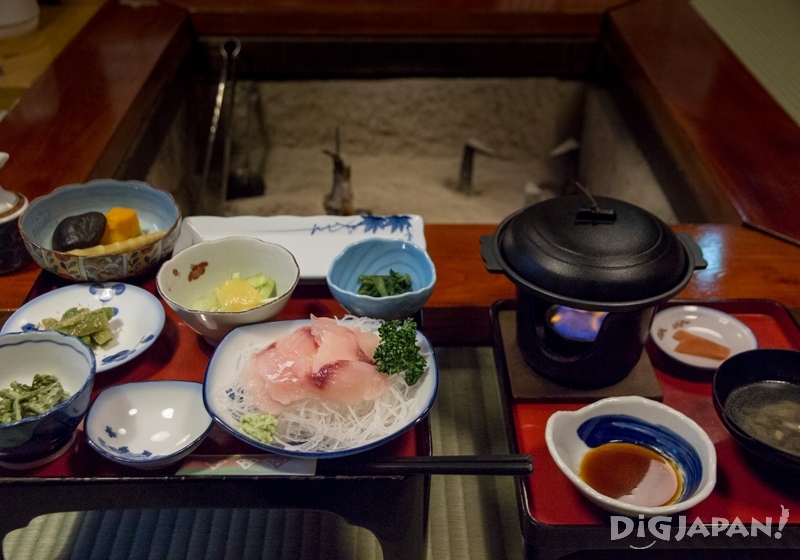


Information
You can find a list of the Gassho-zukuri inns on Gokayama's travel guide website. Prices usually range from 8,000 to 10,000 yen per night including dinner and breakfast. You can book your stay through them via email. They were very nice and helpful with me, giving me lots of useful information.The inn in the pictures above is Yajibei in Kaminashi.
Fairytale-like Ainokura
Bus stop: Ainokuraguchi
Getting off at the Ainokuraguchi bus stop you'll take a short walk through the forest. After a few minutes, the trees will open up to reveal a dream-like landscape. The small village hosts about 20 Gassho-zukuri houses and it looks like time has stopped for this place. What I appreciated the most about Ainokura while strolling through its quiet streets is that it doesn't feel touristy. Even though this is where most of the inns are, people also live here. There are rice fields and gardens, you can see tools and children's toys left outside of some the houses. Just walking around is refreshing for the soul.
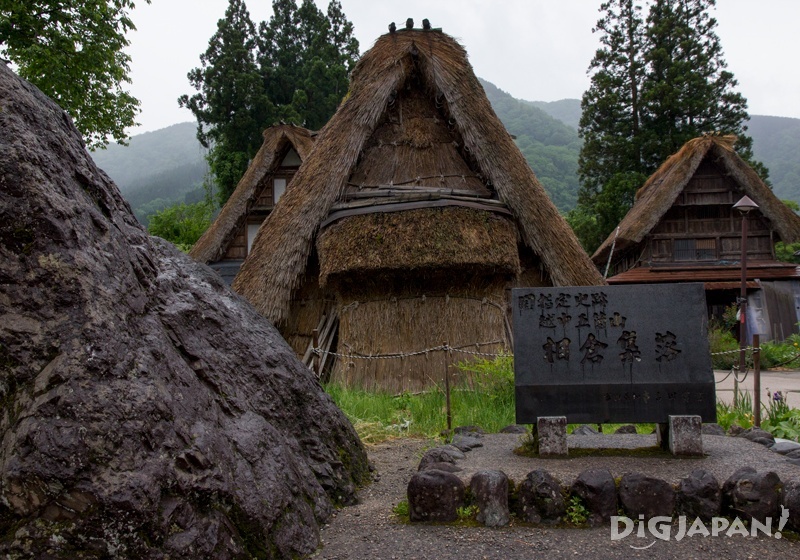
In the area is also a primitive Gassho-zukuri building. This is said to be the prototype for the buildings we see now.
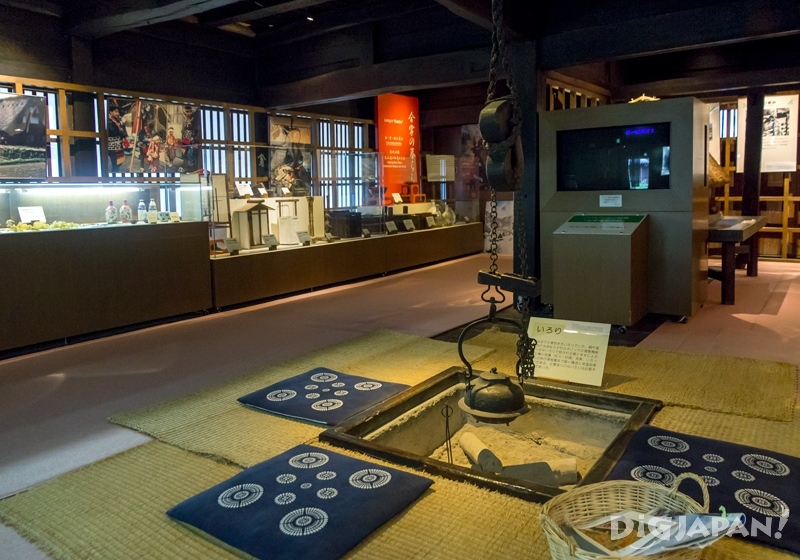
Two of the houses have been made into very interesting museums about the local folklore, traditional crafts and industries.
Information
Ainokura Folklore Museum | 相倉民俗館Address: 352 Ainokukra, Nanto-shi, Toyama Prefecture (MAP)
Hours: 8:30 a.m. - 5:00 p.m.
Admission: adults 300 yen, middle/primary school students 150 yen
Website (Japanese-only): http://www.g-ainokura.com/
Ainokura Traditional Industries Museum | 相倉伝統産業館
Address: 204-2 Ainokura, Nanto-shi, Toyama Prefecture (MAP)
Hours: 8:30 a.m. - 5:00 p.m.
Admission: adults 300 yen, middle/primary school students 150 yen
Website (Japanese-only): http://www.g-ainokura.com/
*You can get access to both museums with a collective ticket for 500 yen (200 yen for middle/primary school students).
Local Kaminashi
Bus stop: KaminashiHopping back on the bus, the next village along the World Heritage Bus route is Kaminashi. Housing five Gassho-zukuri buildings, this village offers more chances to mingle with the locals. I found it the best place to learn about Gokayama's traditional music, kokiriko, played with a peculiar percussion instrument called sasara.

Kaminashi is the cultural center for kokiriko. This ancient folk song is still performed today on many occasions, mainly during the Kokiriko Festival held at the Hakusangu Shrine on September 25 and 26.
To learn about kokiriko first-hand, head to the cafe Wa to meet with an adorable couple while sipping on a cup of coffee.


Across the street from the cafe you might spot her husband, busying himself in his workshop where he makes various types of musical instruments of all kinds. He was also a sasara craftsman.
Information
Kokiriko Mingei / Cafe Wa Dederekoden | こきりこ民芸・喜茶「和」ででれこでんAddress: 741 Kaminashi, Nanto-shi, Toyama Prefecture (MAP)
Hours: 9:00 a.m. - 4:00 p.m.
Website (Japanese-only): http://www.kokiriko.com/memorial/mingei_kokiriko.html
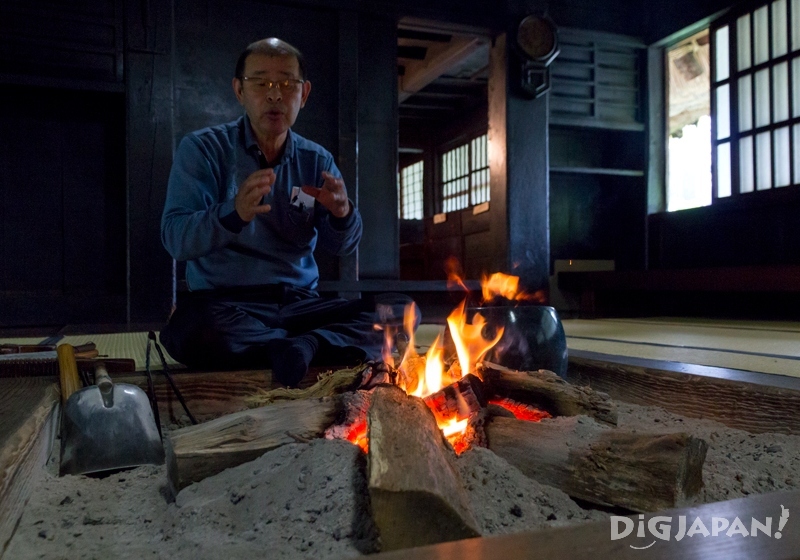

Some villages in Gokayama were used as an exile place for the samurai criminals of the Kaga Clan. One of the old exile huts (a small one-room building with no furniture and no heating) still remains in Kaminashi and can be visited.
Information:
Nationally Designated Important Cultural Property - The Murakami Residence | 国指定重要文化財 村上家Address: 742 Kaminashi, Nanto-shi, Toyama Prefecture (MAP)
Hours: 8:30 a.m. - 5:00 p.m. (December to March: 9:00 a.m. - 4:00 p.m.)
Closed on Wednesdays
Admission: adults 300 yen, middle/primary school students 150 yen
Website (Japanese-only): http://www.murakamike.jp/
Prefecturally Designated Cultural Property - Exile Hut | 県指定文化財 流刑小屋
Address: MAP
No admission fee required, viewable only from outside
Green Suganuma
Bus stop: SuganumaImmersed in nature, this village is composed of 9 Gassho-zukuri houses. Suganuma is a good place to grab a souvenir and some local food, and just stroll through the rice fields and the tranquil town.

Here you can find the Gokayama Folk Museum and the Niter Museum. Make sure you take a walk to the Sho River flowing nearby and cross the bridge to see one of the most interesting things in Suganuma: the Kago no Watashi.

This vertigo-inducing wooden cage is how people used to cross the river. The reconstruction includes a life-sized mannequin to better understand the size and how it was used.
Food and Drinks to Try in Gokayama
With all the nature and clean water at its disposal, Gokayama offers quite some tasty treats.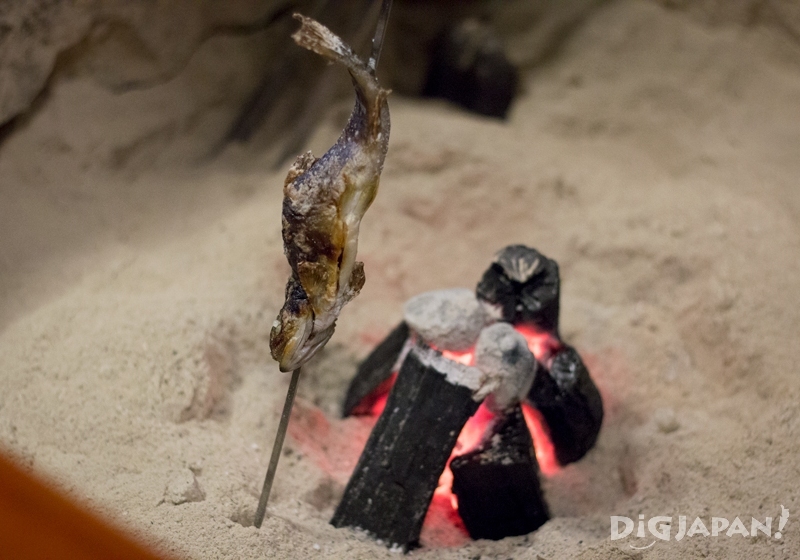
Ayu and Iwana - these delicious river fish are a must-try when in Gokayama. They will probably come accompanied by some ultra fresh mountain vegetables, another product that the locals are proud of.
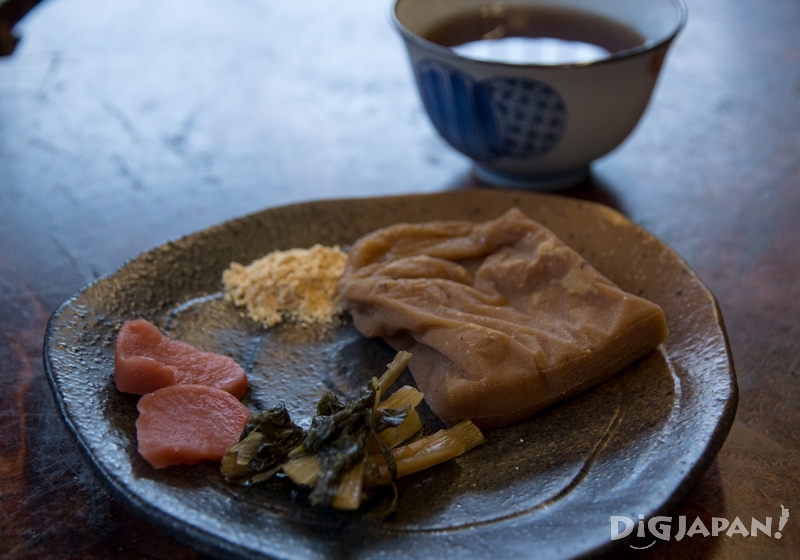
Tochi Mochi - a very flavorful and sticky rice sweet made with horse chestnuts. Some variations also include wormwood and walnut.
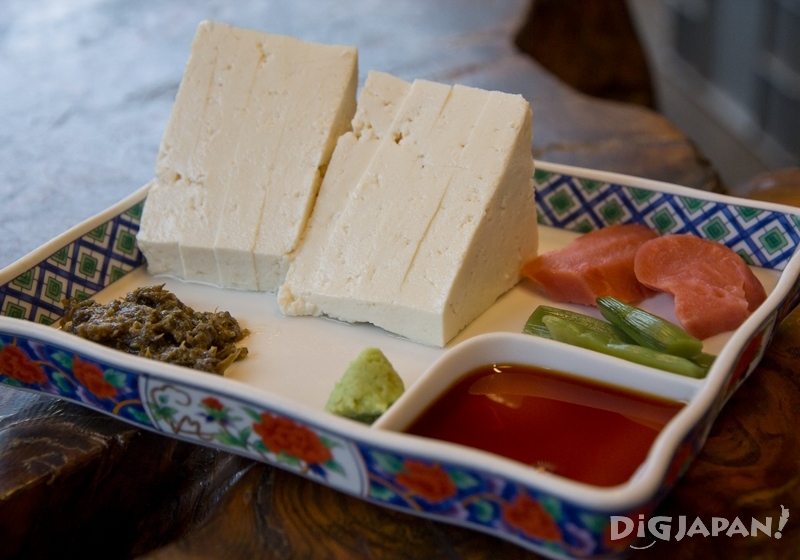
Toppe - Called that by the locals, Gokayama's tofu is a lot firmer than regular tofu, with a very enjoyable texture.
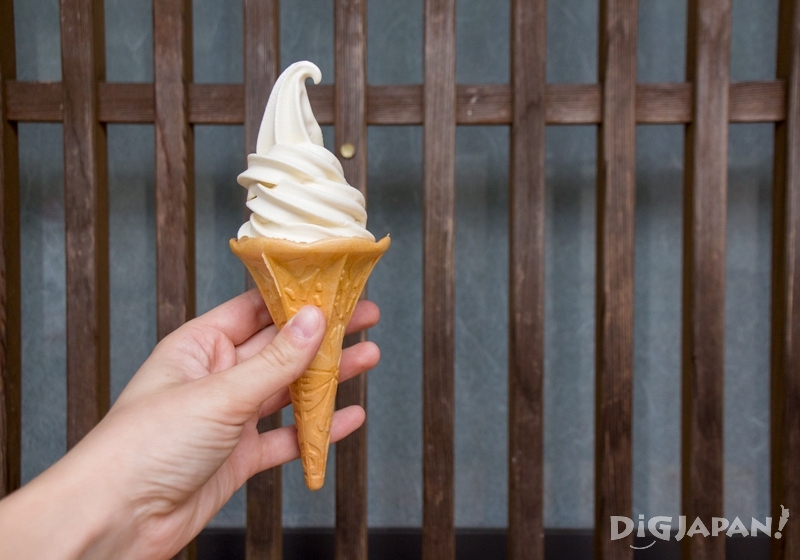
Don’t' forget tofu ice cream!
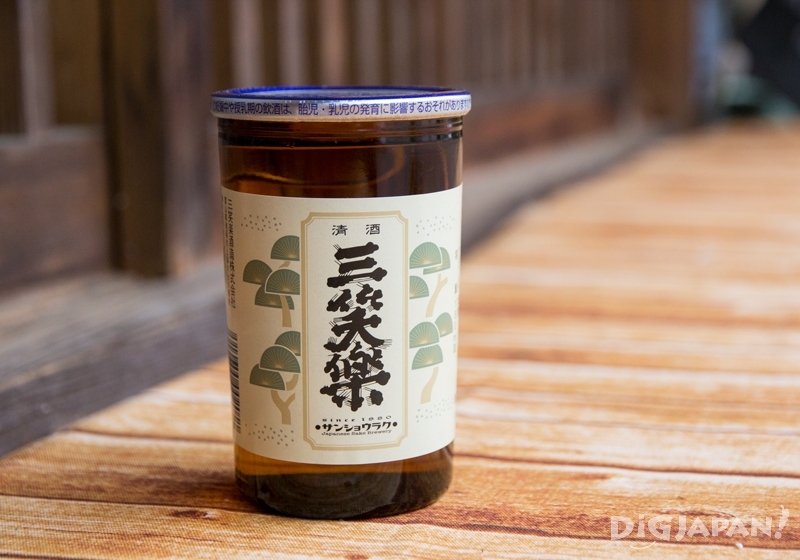
Sanshoraku - this sake brewery from Kaminashi uses the water from the natural beech forests surrounding Gokayama to produce an excellent sake.

Johana Beer - If you're more of a beer person, try some craft beer from the Nanto area! Their brews include an IPA, an America Pale Ale and many seasonal specials.
Definitely less known than the more popular Shirakawago Village, Gokayama is a unique experience that I would recommend to anyone visiting Japan. Being immersed in nature and experiencing such an interesting Japanese culture first-hand is priceless, as is the warm smile of the locals.
For more information about Gokayama and reservations:
http://gokayama-info.jp/en/
*The above article is based on information from June 2019.
*Prices, business hours and other information in this article are subject to change.
About the Author
Laura is an Italian living and working in Tokyo. She loves exploring hidden and unknown places, taking pictures and listening to Punk Rock music. When she’s not busy doing the above, she might enjoy a craft beer or play the sanshin (an Okinawan instrument similar to a shamisen).

Liked this story? Like DiGJAPAN!
on Facebook for daily updates!
THIS ARTICLE IS BASED ON INFORMATION FROM 08 02,2019 Author:DiGJAPAN! Editorial Team













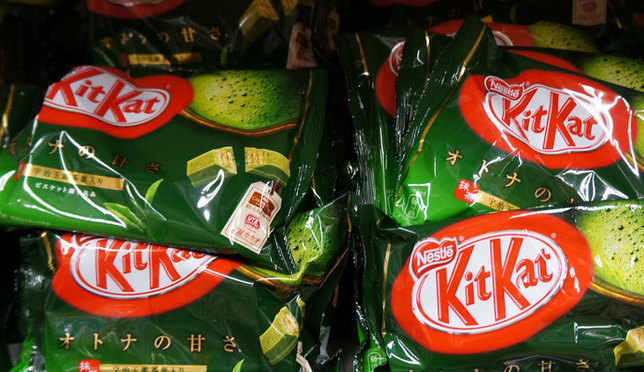
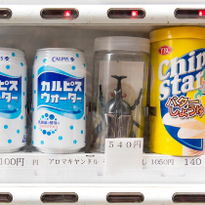

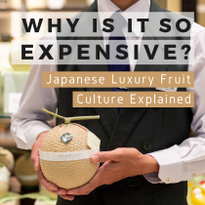





NEW COMMENT | 0 COMMENTS
Open a DiGJAPAN!
account to comment.
Open a DiGJAPAN! Account